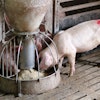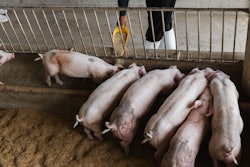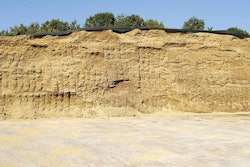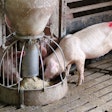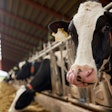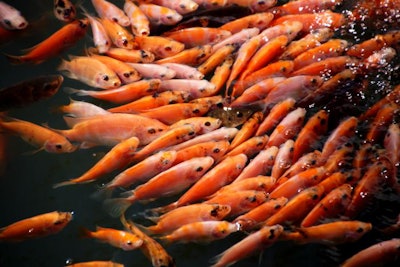
Extruder, dryer will increase production almost five-fold
Aquaculture producers and researchers will benefit from new investment to increase the output of an aquafeed mill in the Philippines.
Production capacity of the feed mill operated by the Southeast Asian Fisheries Development Center (SEAFDEC) is set to increase almost five-fold. With an investment of almost US$31,000, the facility is able to install an extruder and a five-layer dryer. This additional equipment will help to increase capacity from the previous 500 kg per day to 2.4 metric tons (mt).
Part of SEAFDEC’s Aquaculture Department (AQD), the feed mill is located in Tigbauan in Iloilo province, which is in the Western Visayas region.
According to the head of the AQD Nutrition and Feed Development Section, Joseph Biñas, the latest equipment brings further benefits.
“With the additional extruder, production will not be impeded by the periodic downtime for maintenance or unexpected breakdowns,” he said.
More sustainable aquaculture feeds
Among the key aims of SEAFDEC is the development of more sustainable feeds for farmed aquaculture species.
In particular, its researchers are looking for alternative proteins to reduce the sector’s reliance on fishmeal. Nutritionists there have been investigating feed ingredients based on aquatic and terrestrial plants, as well as other animal proteins.
“Our fish nutrition experts are currently developing low-cost feeds for various aquaculture species that could greatly benefit the fish farmers in lowering their production cost,” said AQD chief Dan Baliao.
In addition to experimental diets for researchers at SEAFDEC and other institutes, the AQD feed mill produces feeds for a range of fish and shellfish species. For private hatcheries, it also manufactures maintenance feeds for marine fish breeders and larvae that are not readily available commercially.
SEAFDEC-AQD was established in 1973 to conduct research, develop technology, disseminate information and provide training in the farming of fish, crustaceans, mollusks and seaweeds for food, rural economies and sustainable development.
As host, the Philippines provides the department with physical facilities and the funds their operations and salaries of researchers, scientists, and service personnel. Overseeing the operations of AQD is SEAFDEC’s Philippine Technical and Administrative Committee (PTAC), headed by the Secretary of the Department of Agriculture.
Growth in aquaculture sector in the Philippines
Total aquaculture production in 2019 reached almost 2.36 million metric tons (mmt), according to the Philippine Statistics Authority (PSA). This represented an increase of 2.3% from the previous year. Preliminary figures indicate that aquaculture accounted for 53% of the country’s total fisheries production (including commercial and municipal fishing). This totaled more than 4.42 mmt, including 1.5 mmt of seaweeds.
Most cultured fish and shellfish species in the Philippines are milkfish (Chanos chanos), tilapia (Oreochromis spp.), and tiger prawn (Penaeus monodon). PSA estimates production at 415,000 mt, 321,000 mt and 46,000 mt, respectively.
Latest figures from the United Nations’ Food and Agriculture Organization (FAO) put total fish, shellfish and crustacean output in the Philippines in 2017 at 822,466 mt, valued at around US$1.83 billion. Largest output volumes by species were milkfish (411,000 mt), Nile tilapia (167,000 mt), other tilapia species (101,000 mt), and prawns (61,800 mt, including 46,000 mt of tiger prawns).
Aquaculture feed production in 2016 was just over 1.06 mmt, according to the Network of Aquaculture Centres in Asia-Pacific.

